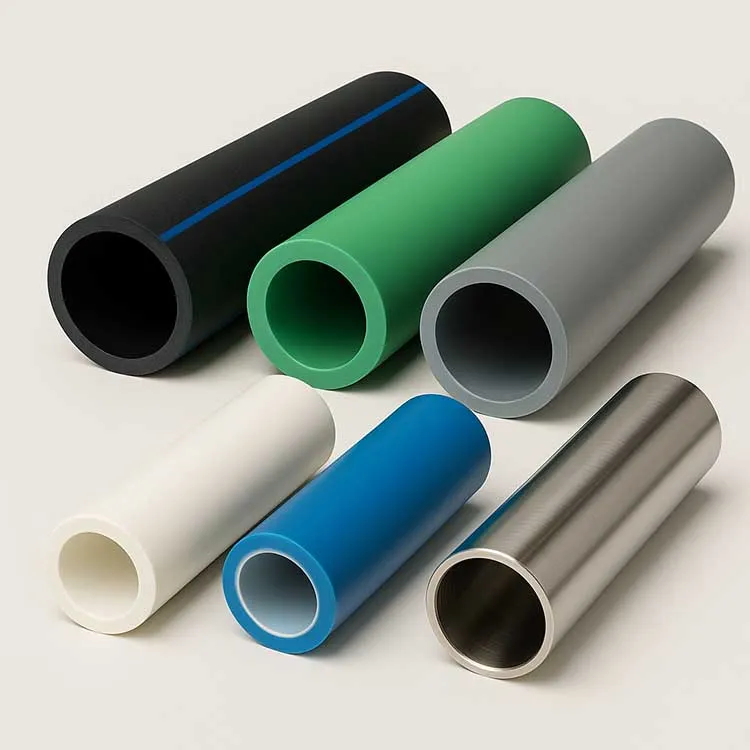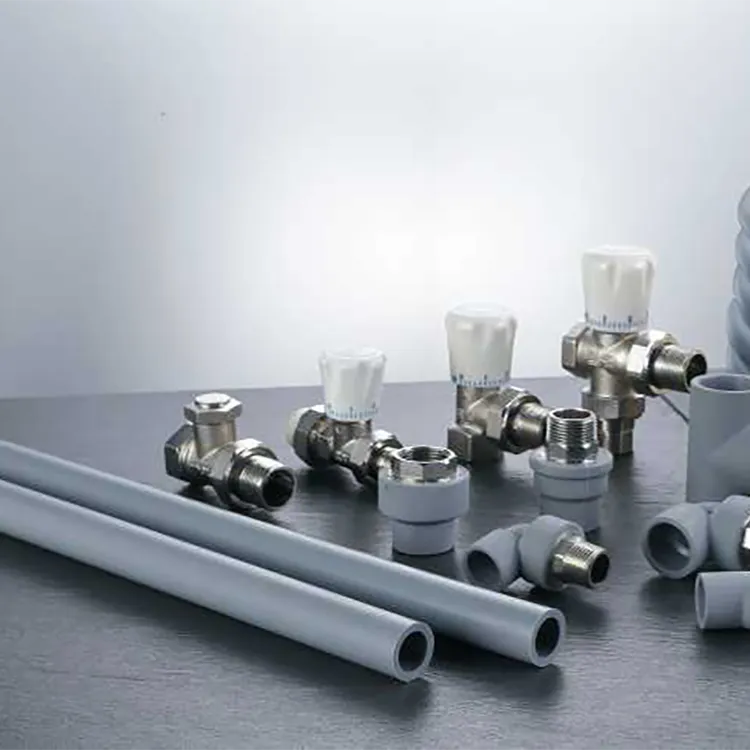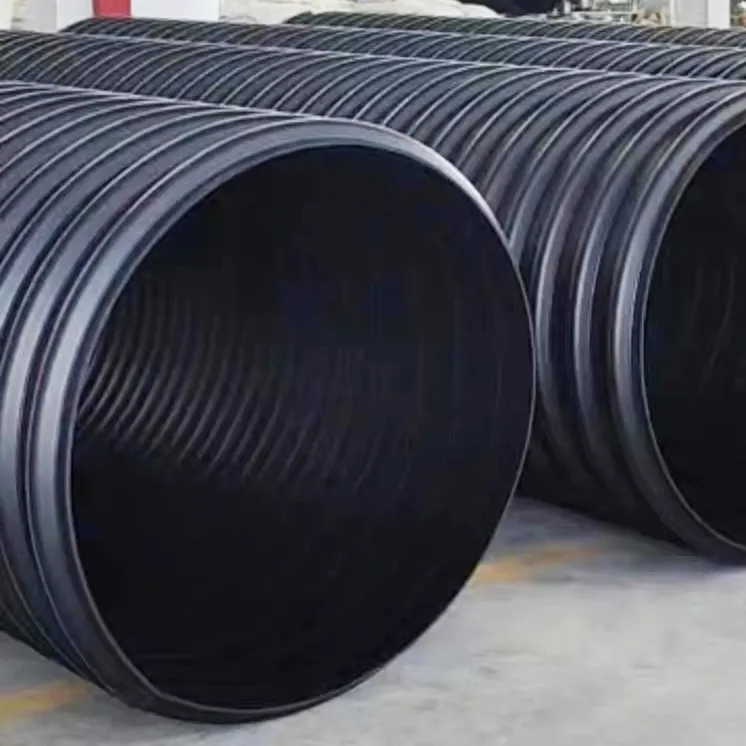In recent years, High-Density Polyethylene (HDPE) pipes have become increasingly popular in urban infrastructure construction, particularly in water supply systems. HDPE pipes have a range of advantages over traditional piping materials, including their durability, flexibility, and resistance to corrosion and chemicals. This article explores the impact of HDPE water pipes on urban infrastructure construction.

First and foremost, HDPE pipes have significantly improved the efficiency of urban infrastructure construction. HDPE pipes are lightweight and easy to handle, which means they can be installed quickly and easily. They also have a longer lifespan than traditional piping materials, reducing the frequency of replacement and maintenance. This means that construction projects can be completed faster, with fewer disruptions to local communities.

HDPE pipes are also more resistant to damage from environmental factors, such as earthquakes and soil movement. This means that they are less likely to experience leaks or bursts, which can cause significant damage to urban infrastructure and result in costly repairs. Additionally, HDPE pipes are more resistant to corrosion, which makes them an ideal choice for use in harsh environments or areas with high levels of water acidity.
Another significant impact of HDPE pipes on urban infrastructure construction is their cost-effectiveness. Although HDPE pipes may initially cost more than traditional piping materials, their longer lifespan and reduced maintenance costs mean that they offer a better return on investment over time. They also have a lower carbon footprint than traditional materials, as they require less energy to produce and transport.
In addition to their practical benefits, HDPE pipes are also more environmentally friendly than traditional materials. HDPE pipes are made from a type of plastic that is 100% recyclable, which means that they can be reused in other applications once they reach the end of their lifespan. This reduces the amount of waste generated by urban infrastructure construction and helps to promote sustainable development.
One of the main challenges associated with the use of HDPE pipes in urban infrastructure construction is ensuring their compatibility with existing infrastructure. HDPE pipes have different connectors and fittings than traditional materials, which means that they may not be compatible with existing pipes and plumbing systems. However, this can be overcome through careful planning and coordination with relevant stakeholders.
In conclusion, the impact of HDPE water pipes on urban infrastructure construction has been overwhelmingly positive. HDPE pipes offer numerous benefits over traditional piping materials, including increased efficiency, durability, and cost-effectiveness. They are also more environmentally friendly, making them an ideal choice for sustainable urban infrastructure development. Although challenges remain, the widespread adoption of HDPE pipes is likely to continue in the coming years, driving further innovation and improvement in urban infrastructure construction.



981.webp)

 (1)379.webp)

294.webp)
476.webp)
420.webp)
146.webp)
460.webp)
287.webp)
274.webp)
688.webp)


